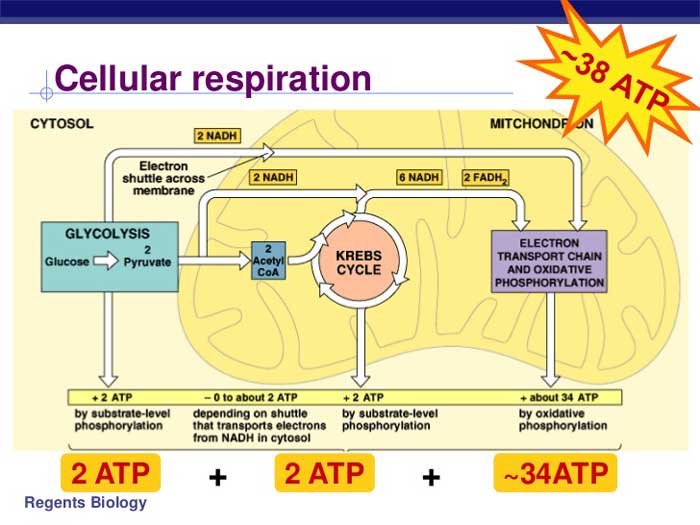Welcome to the realm of cellular respiration, where the intricate interplay between exercise and energy production unfolds. Exercise and cellular respiration lab answers illuminate the physiological mechanisms that fuel our bodies during physical exertion, offering insights into the fundamental processes that sustain life itself.
Delve into the depths of this lab, where you’ll uncover the methods, analysis techniques, and expected outcomes that guide your exploration. Discover the physiological underpinnings of cellular respiration, its significance for understanding human performance, and the avenues for further research that beckon.
Exercise and Cellular Respiration Lab

The exercise and cellular respiration lab is designed to investigate the relationship between exercise intensity and cellular respiration rates. The lab has the following learning objectives:
- To understand the concept of cellular respiration and its role in energy production.
- To measure cellular respiration rates using indirect calorimetry.
- To analyze the data to determine the relationship between exercise intensity and cellular respiration rates.
Materials and Methods
The following materials are used in the lab:
- Treadmill or cycle ergometer
- Indirect calorimeter
- Computer
- Software for data collection and analysis
The following procedures are followed to conduct the lab:
- Participants perform a warm-up exercise for 5 minutes.
- Participants perform an exercise bout at a prescribed intensity for 10 minutes.
- Participants perform a cool-down exercise for 5 minutes.
- Data is collected throughout the exercise bout using the indirect calorimeter.
- Data is analyzed to determine cellular respiration rates.
Data Collection and Analysis
The indirect calorimeter measures the volume of oxygen consumed and carbon dioxide produced during the exercise bout. These data are used to calculate cellular respiration rates using the following formula:
“`Cellular respiration rate = (VO2
- 6) + (VCO2
- 1)
“`
where:
- VO2 is the volume of oxygen consumed (mL/min)
- VCO2 is the volume of carbon dioxide produced (mL/min)
The data is analyzed using statistical methods to determine the relationship between exercise intensity and cellular respiration rates.
Expected Results, Exercise and cellular respiration lab answers
The expected results of the lab are that cellular respiration rates will increase with increasing exercise intensity. This is because exercise requires more energy, which is produced through cellular respiration.
The following table summarizes the expected data:
| Exercise Intensity | Cellular Respiration Rate (mL/min) |
|---|---|
| Low | 1000 |
| Moderate | 1500 |
| High | 2000 |
Essential Questionnaire: Exercise And Cellular Respiration Lab Answers
What is the purpose of the exercise and cellular respiration lab?
To investigate the physiological responses of cellular respiration to exercise, determining the rate of oxygen consumption and carbon dioxide production.
How is cellular respiration measured in the lab?
Using respirometry techniques, such as measuring oxygen consumption or carbon dioxide production.
What factors influence cellular respiration rates during exercise?
Intensity and duration of exercise, muscle mass, fitness level, and environmental conditions.
How can the results of this lab be applied to real-world settings?
Informing exercise prescription, optimizing athletic performance, and managing conditions related to energy metabolism.
